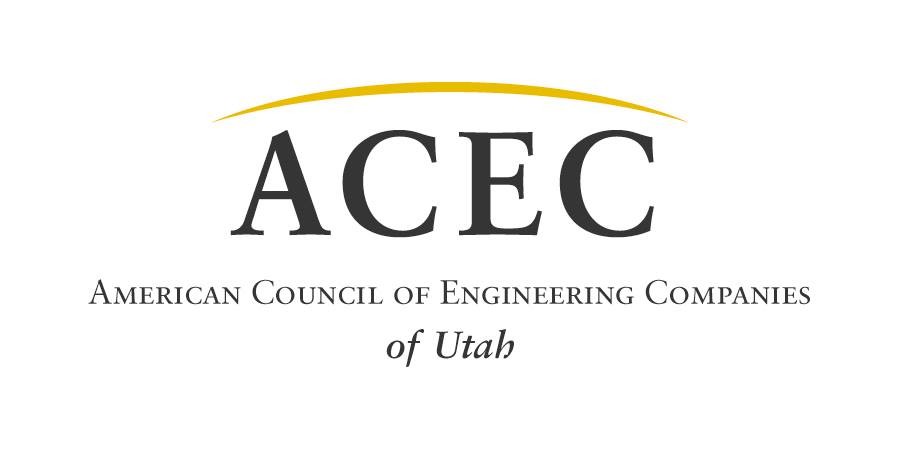Turning risks into opportunities: A strategic guide for engineering irms
 In the fast-paced world of engineering, managing risks isn’t just about averting issues—it’s about navigating challenges strategically to ensure success and long-term sustainability. With high stakes and limited margins for error, engineering firms benefit from transforming risk management into a strategic asset that drives resilience and growth. Here’s how understanding and addressing risk can turn potential pitfalls into opportunities for your firm.
In the fast-paced world of engineering, managing risks isn’t just about averting issues—it’s about navigating challenges strategically to ensure success and long-term sustainability. With high stakes and limited margins for error, engineering firms benefit from transforming risk management into a strategic asset that drives resilience and growth. Here’s how understanding and addressing risk can turn potential pitfalls into opportunities for your firm.
The diverse landscape of risks
Effective risk management starts with identifying the variety of risks that can impact your projects. Engineering firms often face challenges like budget overruns, project delays, safety concerns, environmental impacts, and increasing cybersecurity threats. Each project brings its own set of demands and risks, requiring a unique, adaptive approach. By recognizing these potential issues, firms gain a clearer understanding of what could go wrong and how to strategically manage it.
Strategic risk assessment
The foundation of effective risk management is a thorough, strategic risk assessment. This involves not only identifying but also evaluating the potential impact and likelihood of various risks. Think of it as a proactive measure; the better you understand your risks, the more equipped you are to address them effectively. It’s essential to consider both internal and external risks—team dynamics, resource availability, regulatory changes, and market volatility, among others. This balanced view helps ensure you’re prepared for a wide range of scenarios, improving your ability to handle unforeseen issues.
Develop practical mitigation strategies
After assessing potential risks, the next step is to design targeted mitigation strategies. Some effective methods include:
- Diversifying project portfolios to reduce exposure and spread risk across different projects.
- Implementing quality control checks to catch and address issues early in the process.
- Investing in technology to streamline project management, enhance efficiency, and bolster cybersecurity.
- Enhancing team expertise by providing continuous training and upskilling.
- Creating open communication channels to address and resolve issues in real-time.
These measures can help mitigate risks and ensure that your projects remain on track, even under challenging conditions.
Build resilience through proactive risk management
Long-term resilience for engineering firms involves not just managing current risks but also preparing for future uncertainties. Fostering a culture of continuous learning and proactive risk management strengthens a firm’s ability to adapt to changing demands. Regularly reviewing and updating risk management practices can also keep firms ahead of potential challenges, ensuring they are well-prepared for industry shifts.
Support your team’s risk management mindset
In an industry focused on innovation, managing tight deadlines, and meeting client demands, risk management might not always be top of mind. However, understanding its importance in creating a stable, supportive work environment helps firms nurture creativity and confidence. Clear communication and empathy can reinforce the significance of risk management, making it a core part of a firm’s approach to project delivery.
For engineering firms, risk management is more than just a defensive measure—it’s a tool for building value and sustainability. With a proactive, risk-aware approach, firms can confidently navigate the complexities of today’s landscape, creating a foundation for long-term success and resilience. By prioritizing risk management, engineering firms enhance their adaptability and protect their business while fostering innovation and growth.






